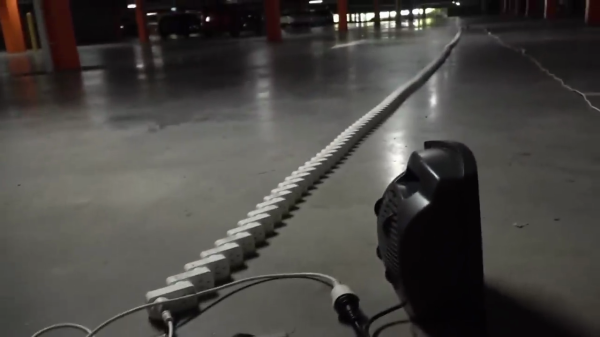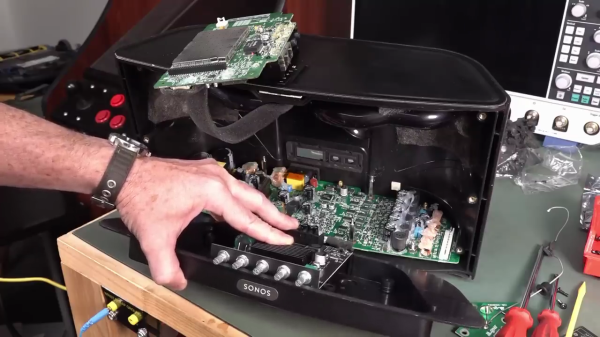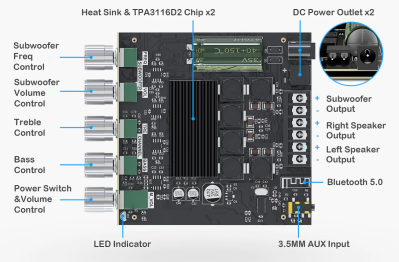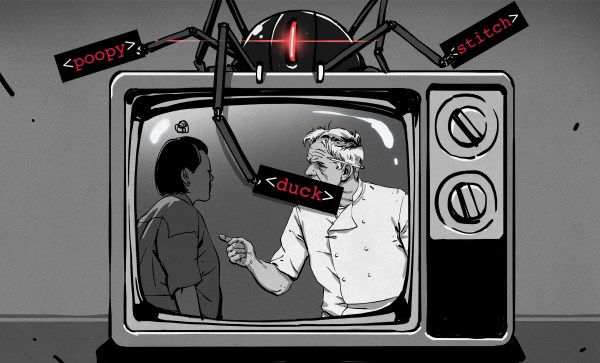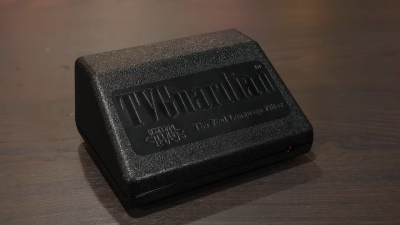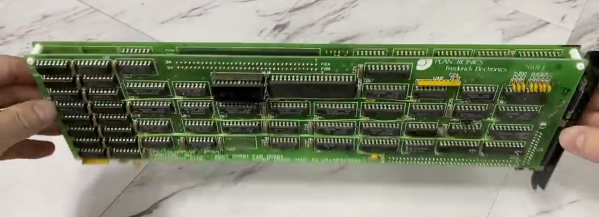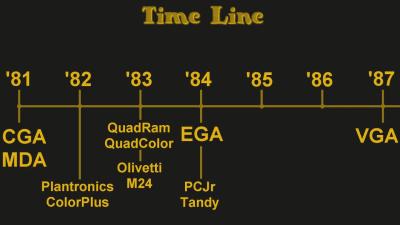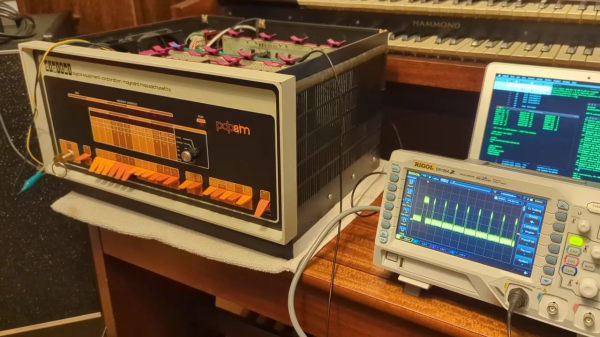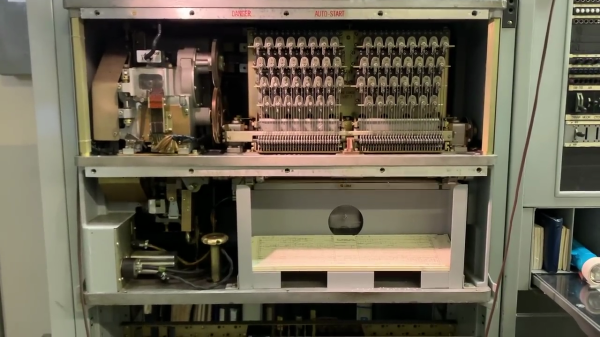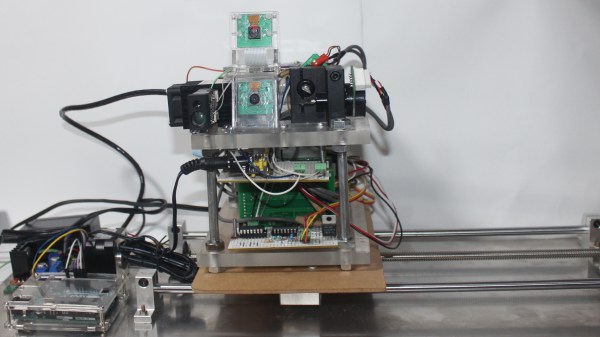You may have seen some of the EEVblog dumpster dive videos, where [Dave Jones] occasionally finds perfectly good equipment that’s been tossed out. But this time, rather than a large screen monitor, desktop computer, or a photocopier, he features a stash of 283 electrical outlet double adapters that he found last year. He decided to perform a test in the parking lot, connecting all 283 adapters in series.
Using a pair of power meters and a 2 kW electric heater as a test load, [Dave] and his son [Sagan] measure the loss through this wild setup. It works out to about about 300 W, or roughly 1 W per adapter. He did a follow-up experiment using a FLIR thermal camera, and confirmed that the power loss is reasonably uniform, and that no single rogue adapter consuming all the lost power. After a back of the envelope calculation, we estimate this chain of adapters is about 20 meters long, making this whole thing entirely pointless but interesting nonetheless. Stick around until the end of the video for a teardown — they’re not as cheaply made as you might think.
[Dave]’s crazy experiment aside, we do wonder why someone had so many adapters to throw away in the first place. What would you have done with 283 adapters — left them in the dumpster or rescued them?
Continue reading “Experimenting With 20 Meters Of Outlet Adapters”

